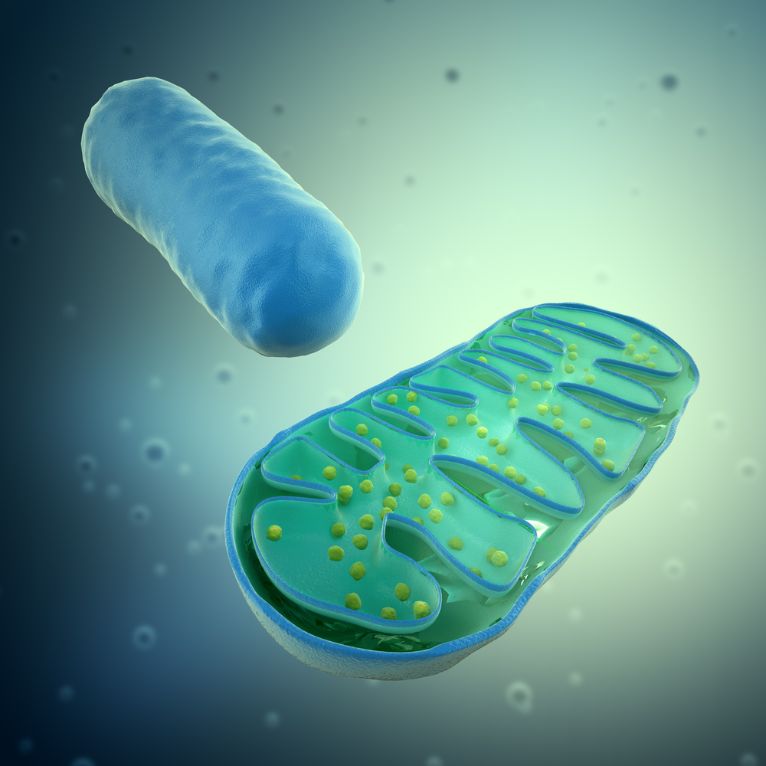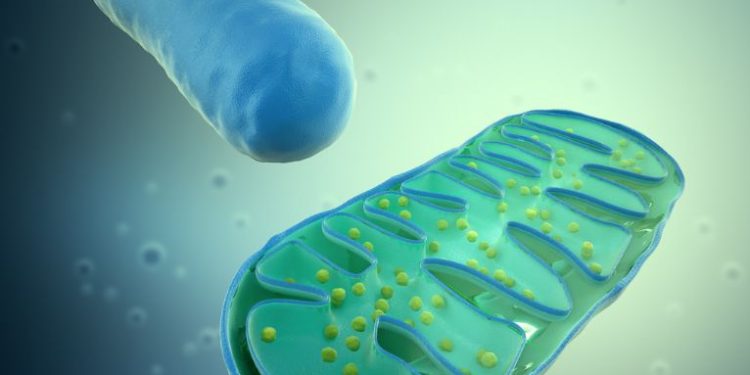The mitochondrial myopathies symptoms are a diverse group of physical and neurological problems caused by a problem with the cells that produce energy. They include muscle weakness, exercise intolerance, pain, cramps and seizures, and problems with vision and breathing.
The muscles, brain and eyes all require a lot of energy to function properly. This is why muscle weakness can be one of the most severe symptoms of a mitochondrial disorder.
Muscles weakened by this disorder can also be very stiff and painful. This can make it difficult to move or lift objects or get out of bed or chairs. Some patients will also have trouble breathing because the problem affects the parts of the brain that help you breathe.
In some cases, the muscle problems are accompanied by other problems in the body such as diabetes and heart disease. Affected people will need to have regular tests and follow-up visits with a doctor who specialises in these conditions.
Treatment for muscle problems can include exercise, and certain medications that may reduce or prevent the development of seizures. It can also involve avoiding alcohol and taking specific vitamins or supplements such as L-carnitine, Coenzyme Q10 and ubiquinone.
Some people find that supplements such as these improve their condition and they are encouraged to try them. However, there is still much work to be done to confirm their effectiveness.

Other symptoms associated with muscle weakness and atrophy include exercise intolerance, pain, cramps or injuries that can lead to rhabdomyolysis (breakdown of muscle tissue), and leakage of the protein myoglobin into the urine after a muscle injury called myoglobinuria.
Another possible symptom of muscle dysfunction is a raised or normal serum level of the enzyme creatine kinase, which can indicate muscle damage caused by rhabdomyolysis. Blood samples can be examined under the microscope to look for any abnormalities.
Occasionally the muscle problems can be accompanied by other symptoms such as elevated or normal levels of lactic acid in the blood. This is caused by the cells using oxygen for energy but not producing enough ATP, the main fuel that the body needs. It is thought that lactic acid is caused by an imbalance between the oxidized and reduced forms of NAD+/NADH.
It can also cause a person to have a droopy eyelid and difficulty moving the eye (ptosis). This can cause problems with vision and can lead to problems with speech, hearing or swallowing, so it is important that anyone with this condition has regular checks with an ophthalmologist or specialist in these areas.
The symptoms of mitochondrial myopathies can be very difficult to diagnose, as they vary so much from person to person and in families. Often, the diagnosis can only be made after a muscle biopsy is taken for further testing.
Inheritance is usually maternal (mtDNA), but it can also be X-linked or autosomal dominant. A combination of chromosomal and mitochondrial errors has also been reported to cause this condition.
The symptoms of muscle and respiratory dysfunction in mitochondrial myopathies are often very unpleasant, but can be managed through diet and exercise. Other treatments, including a range of different drugs to treat seizures and migraines, can improve a person’s quality of life.









